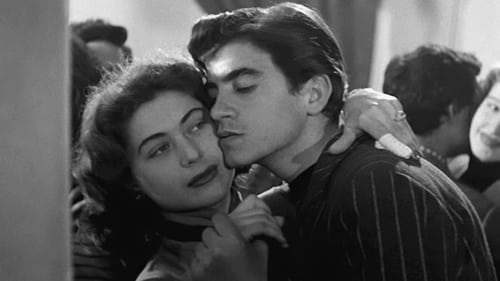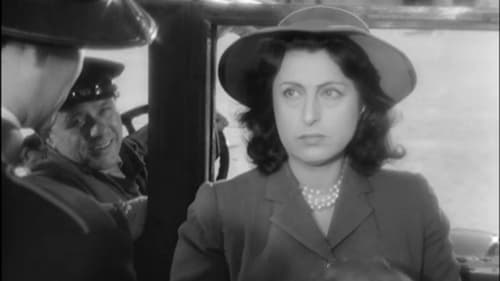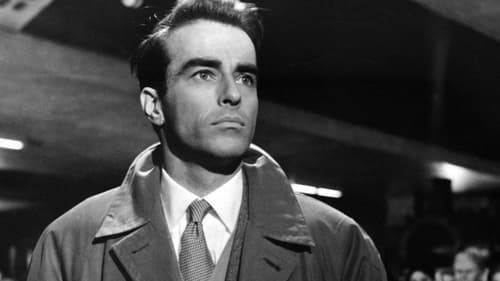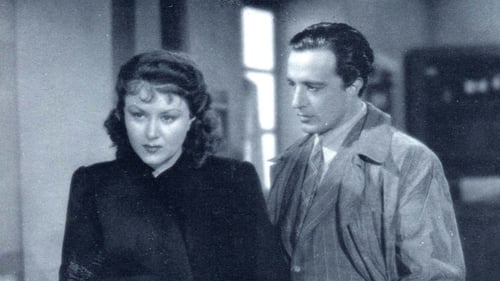Luigi Chiarini
Nacimiento : 1900-06-20, Roma, Lazio, Italia
Muerte : 1975-11-12
Historia
Crítico y teórico del cine, conferenciante, escritor y director italiano nacido en Roma. Licenciado en Derecho, empezó colaborando con la revista Educazione, dirigida por Giovanni Gentile, en el que fue su primer contacto con la literatura, la escritura y el cine. En 1935 fue uno de los fundadores del Centro Sperimentale di Cinematografia, del que fue durante muchos años director. En 1937 fundó la revista Bianco e Nero, contribuyendo a la formación de las nuevas generaciones de directores italianos y proporcionando un gran impulso al crecimiento de la cultura del cine italiano durante los años del fascismo. En la década de los cuarenta se involucró profundamente en la dirección, debutando con la Via delle Cinque Lune (1942), la adaptación de una historia de Matilde Serao, seguida de La Bella Durmiente del mismo año y por la Locandiera (1944). En 1950 dirige su último film, Pacto con el diablo, con guión de Corrado Alvaro. En los años sesenta se convirtió en el primer profesor de Historia y Crítica de Cine en una universidad italiana, la Universidad de Pisa, y fue director del Festival de Cine de Venecia desde 1963 hasta 1968.








